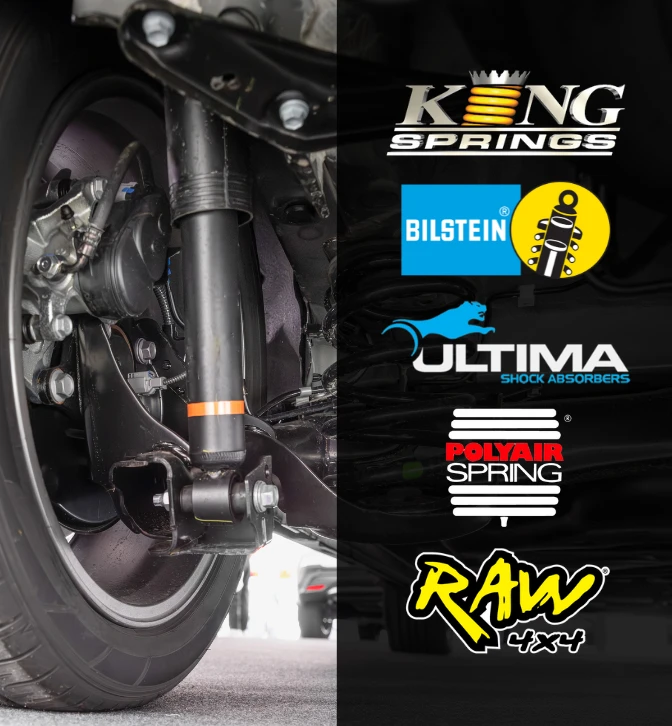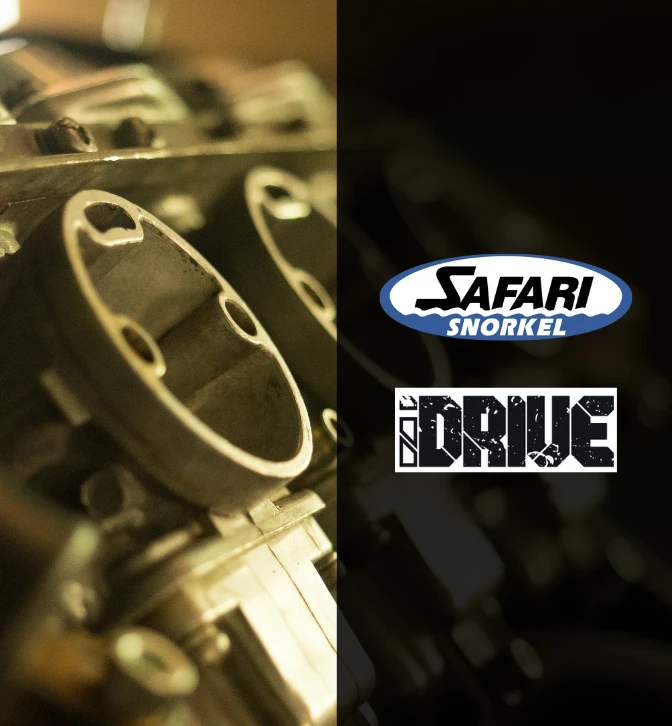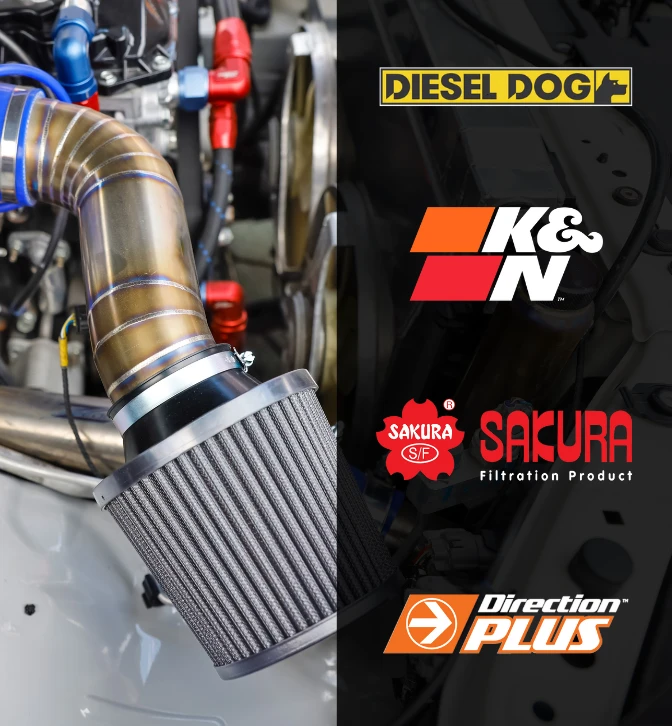-
Exhaust
- Back
- Exhaust
- Performance Exhaust Systems
- Standard Replacement Exhaust Systems
-
Exhaust Accessories
- Exhaust Bolts, Nuts & Studs
- Clamps
- Collectors
- Exhaust Reducers & Couplers
- Exhaust Tips
- Flange Plates
- Exhaust Flex Bellows
- Exhaust Brackets & Hanger Rods
- Gaskets
- Heat Tape
- Mandrel Bends
- O2 Sensors & Exhaust Temperature Sensor Accessories
- Paint
- Muffler & Exhaust Mounting Brackets
- Tube
- X & Y Pipes
- All Exhaust Accessories Products
- Catalytic Converters
- DPF Filters
- Exhaust Extractors / Headers
- Universal Mufflers & Hotdog Mufflers
- All Exhaust Products
![Exhaust]()
- Suspension
- Performance
- Towing
- Filters
- Truck
- On Sale
- About Us
- Blog
- Contact Us
How To Diagnose a Clogged Catalytic Converter
Date Posted: 30 May 2024

A clogged catalytic converter can significantly affect your vehicle's performance and emissions and even cause damage to your engine components. Whether it’s due to excess unburned fuel, coolant leaks, or oil seeping into the exhaust system, knowing how to diagnose a clogged catalytic converter is crucial for maintaining your car's health and efficiency and avoiding costly repairs.
So let’s talk about how a catalytic converter gets clogged, 5 signs of blockage, and potential solutions.
How Does a Catalytic Converter Get Clogged?
The catalytic converter of your car processes harmful exhaust gases like carbon monoxide and nitrous oxide into less harmful emissions. The cat converter has a honeycomb structure and exhaust gases pass over and through it as they are processed before being released further into the exhaust system.
However, things other than exhaust gases can reach the catalytic converter, which can lead to clogging - this is a relatively common exhaust system issue. For one, when too much fuel passes through the engine, unburned fuel can reach the catalytic converter and get burned off there. This can overheat and damage the converter, further leading to blockages.
Similarly, if there is a coolant leak in the engine, the coolant can reach the catalytic converter and cause it to get clogged. The contaminants in the coolant can coat the converter’s interior, impeding its function. Further, faulty seals and valves in the engine can allow oil to slip into the exhaust system and this oil can coat the catalytic converter, ultimately leading to clogging. A cat converter can also get clogged simply because it has been in use for a long time and the material has deteriorated and become damaged. Now that you understand how it may happen, let’s discuss how to diagnose a clogged catalytic converter.
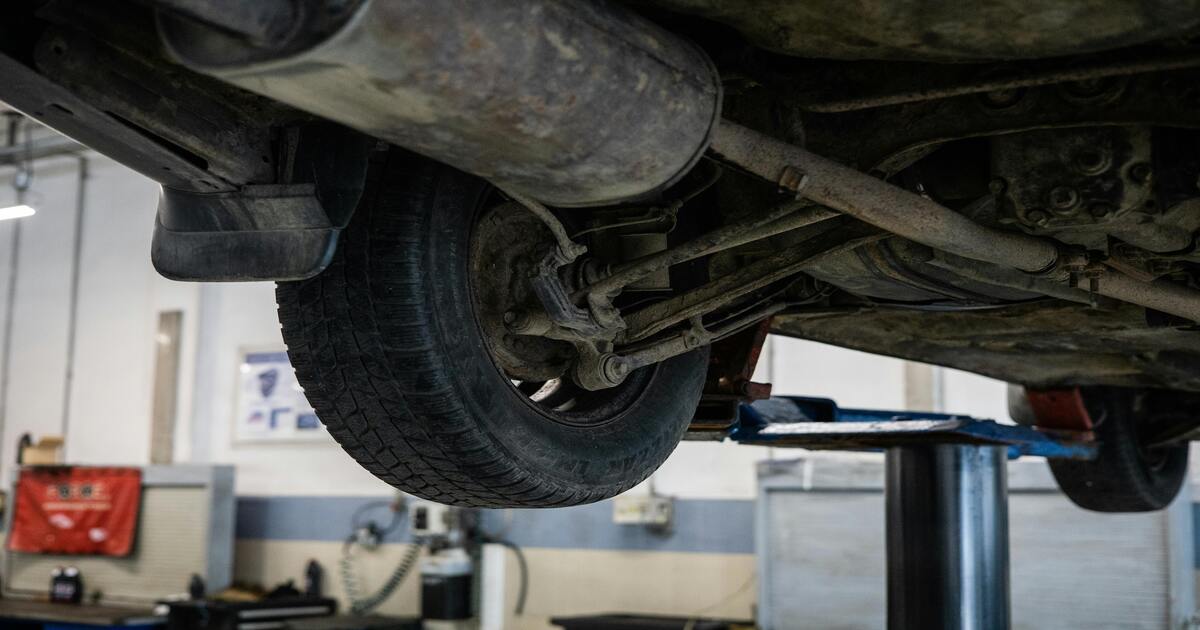
5 Signs of a Clogged Catalytic Converter
A clogged catalytic converter can lead to various noticeable issues in your vehicle - none of these issues by themselves are a surefire way to tell that you are dealing with a clogged catalytic converter, however, the more signs there are, the higher the likelihood. So here are five signs that may indicate your catalytic converter is clogged:
-
Check Engine Light
First and foremost, the check engine light turning on is a very clear signal that something is wrong and that your car converter may be clogged. Modern vehicles have sensors that monitor the performance of the catalytic converter. If these sensors detect inefficiencies, they will trigger the check engine light.
-
Dark Smoke and a Sulphur Smell
If your catalytic converter is clogged, you might notice dark smoke coming from your exhaust. Dark smoke can also be a sign of fuel being burned too heavily, so in either case, if you notice dark smoke coming from your exhaust on several occasions, getting your car to a mechanic is advisable.
As a side note, if you see white smoke coming from your exhaust (and not just once or twice on a cold morning), it could indicate a coolant leak, which is another situation where you should visit a mechanic. Additionally, a clogged converter can cause a distinct sulfuric (a rotten egg-like) smell due to the buildup of unprocessed exhaust gases.
-
Poor Acceleration
A clogged catalytic converter can have an impact on your vehicle’s performance - a noticeable decrease in your vehicle's acceleration is another sign. A clogged catalytic converter restricts the exhaust flow, causing a significant drop in engine performance and, in turn, making your car sluggish.
-
Poor Fuel Economy
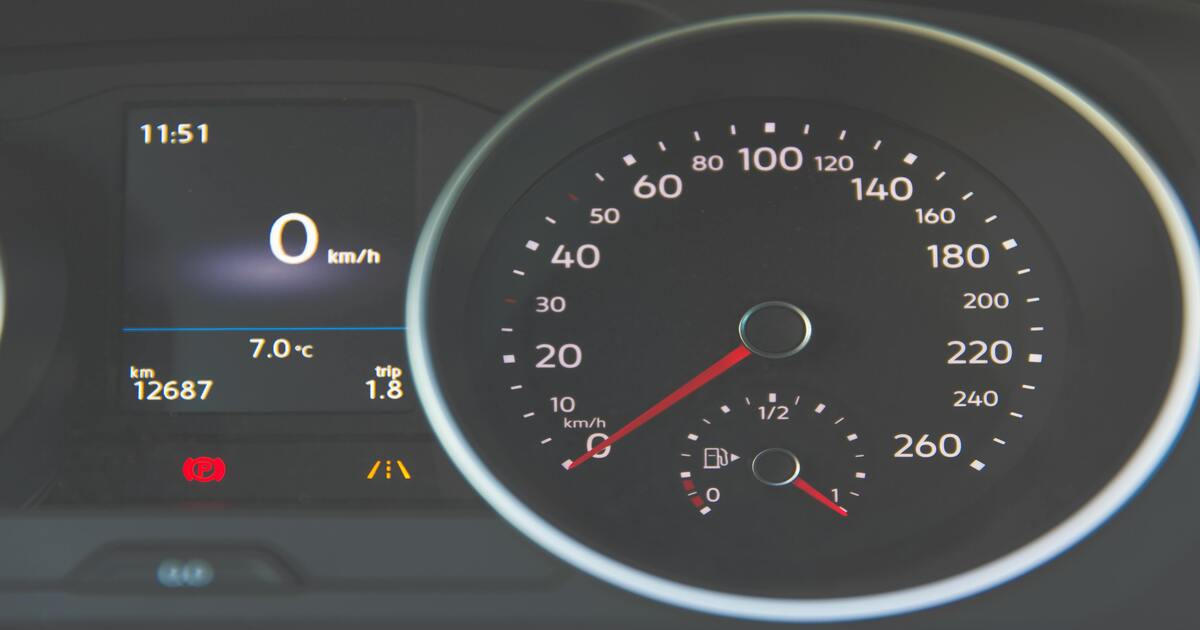
Another performance indicator of a clogged cat converter is poor fuel economy. When the catalytic converter is not functioning properly, the engine essentially has to work harder, which can lead to increased fuel consumption. If you notice that your fuel economy has worsened, it could be due to a clogged catalytic converter.
-
Trouble Starting and Engine Misfires
Finally, difficulty starting the engine or frequent engine misfires can also be symptoms. A clogged catalytic converter can cause back pressure in the exhaust system, disrupting the engine’s operation and leading to these issues. If you notice your engine sputtering when you try to turn your vehicle on and it only starts after a few seconds, the cat converter may be the reason.
Importantly, if you frequently notice your engine misfiring, you shouldn’t wait to test out whether it’s a clogged cat converter or something else - engine misfires can damage engine components, leading to very expensive repairs. So, if your engine is misfiring, it’s best to visit a mechanic as soon as you can.
How Long Should a Catalytic Converter Last?
While the longevity of a cat converter will depend on the specific model and how well you maintain your car, on average, a catalytic converter should last for about 160,000 km, or 10 years. However, we mentioned many ways a cat-con can get clogged as a result of other issues a vehicle can experience at the beginning, so the 160,000 km/10-year range is not a guarantee.
A Potentially Cheap Solution: Cleaning the Cat Converter
If you are dealing with a clogged catalytic converter, you may have a very simple solution - cleaning it. The easiest option is to add a catalytic converter cleaner to your gas tank. These cleaners are supposed to remove the build-up caused by the combustion process. Just know that some cleaners are universal while others are built for specific engines, so make sure you read the instructions carefully.
While using a cleaner is the simplest solution, it’s not necessarily the most effective one. You can also clean a clogged catalytic converter manually. However, this entails removing the cat converter and reassembling it later. You can try cleaning the cat-con in a soapy water solution, use a chemical cleaner, or pressure wash it.
That being said, manually cleaning a clogged catalytic converter also means you run the risk of damaging it, so it’s advisable that you do it personally only if you have some mechanical experience. Even then, you may not be able to clean your cat-con, and the only solution is to replace it.
Upgrading Your Catalytic Converter
If you do need to replace your catalytic converter, it is worth using a high-quality aftermarket replacement. Performance catalytic converters are designed to minimise back pressure and help your engine run more efficiently. When you upgrade your vehicle with a performance cat-con, you will get more horsepower and torque than what you had originally, even while the factory-installed converter is not clogged.
At Perform-Ex Auto, we offer all the exhaust parts you need, including universal and direct-fit catalytic converters. So find the cat converter that fits your vehicle’s make and model, place your order online, and we will ship it right to your address. If you are having trouble choosing which cat-con is best for your vehicle or have any other questions, don’t hesitate to contact us, we will gladly offer the assistance you need.
Leave a comment



